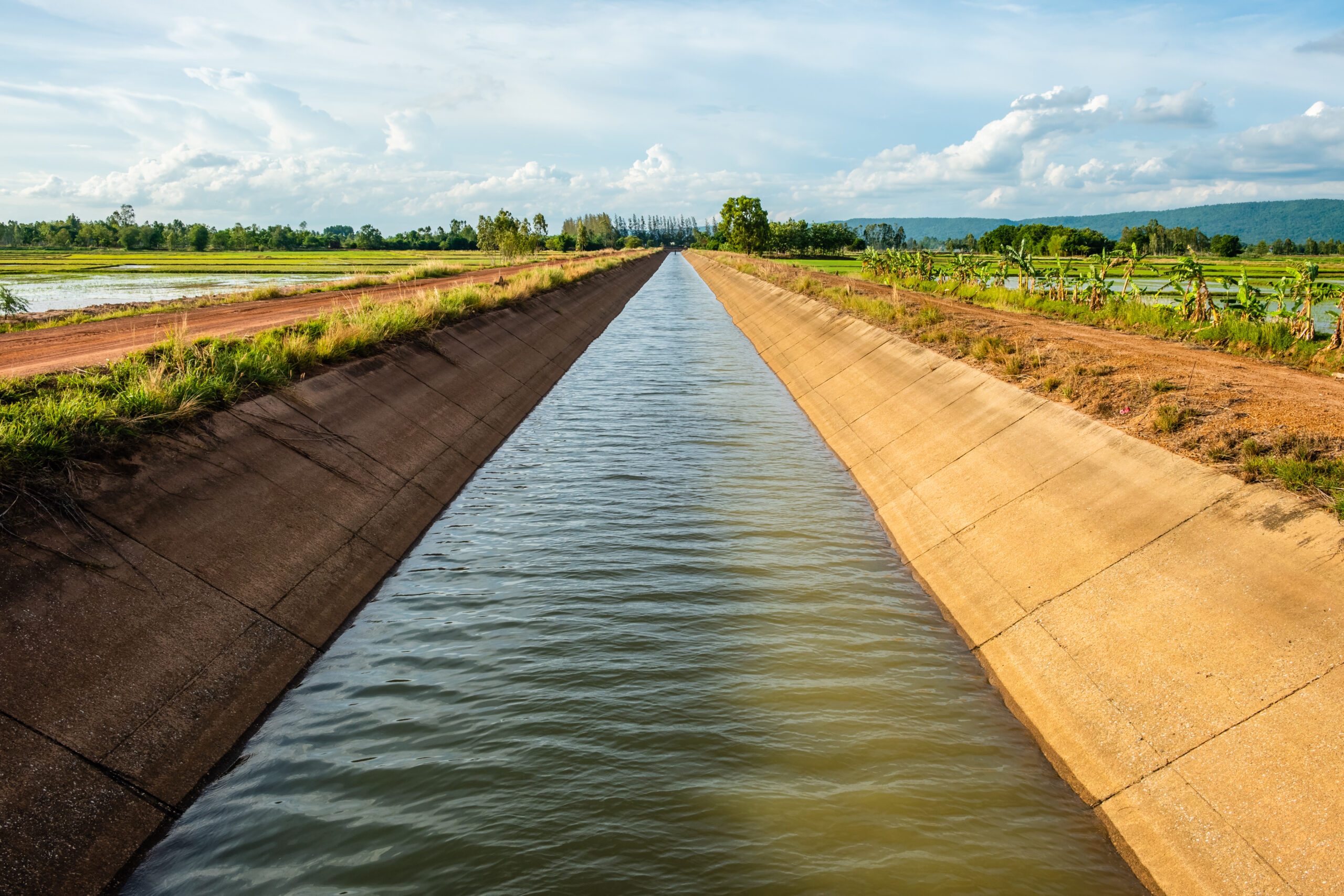
State of the Aquifer
What is sustainability?
When considering the health of our groundwater system, we can view it in the context of its sustainability.
Groundwater sustainability: Defined as the use, development and protection of the groundwater resource at a rate and manner that provides for current and projected needs without damage to the groundwater system or jeopardizing the ability to meet future water needs.

Simply put:
Do not overuse or contaminate the resource! As we have been withdrawing groundwater from the region since the late 1800s some questions arise. Are we pumping more out than is being put in? Have we pumped too much causing damage to an aquifer? Where do we see contamination? What is its impact? What might be headed our way?
“Water” for thought…
Mississippi River Valley Alluvial aquifer (MRVA)
In 2005, approximately 10 billion gallons of water were withdrawn from the MRVA each day. That’s equivalent to nearly 50,000 Olympic-sized swimming pools placed end-to-end from Memphis, TN to Las Vegas, NV. (1,553 miles).

- Water level declines in certain areas of the MRVA (Grand Prairie and Baton Rouge areas) have resulted in land subsidence. Confining layer sediments (compressible clays) and aquifer material (fine sand) squeeze together to close openings between them such that the aquifer loses recharge potential.
- Approaches such as on-farm water storage, stream divergence, conveyance of water through open channel canals (ditches), and improved irrigation and crop rotation techniques are helping to offset groundwater demand by agriculture.
Memphis aquifer
 Water levels in the Memphis aquifer beneath Memphis have declined approximately 125 ft since its first well was drilled in 1886 where water once erupted to the surface when tapped.
Water levels in the Memphis aquifer beneath Memphis have declined approximately 125 ft since its first well was drilled in 1886 where water once erupted to the surface when tapped.
- Memphis aquifer water is 2,000-3,000 years old beneath downtown Memphis, but we see younger water (less than 60 years old) present in some areas. Water in the shallow aquifer has found preferential pathways (sandy-silt) through the underlying confining unit (clay) to provide this young water to the Memphis aquifer. Carried along with some of the shallow aquifer waters are contaminants.
- Urbanized areas usually offer more potential for contamination, unfortunately.
- Preferential pathways through a confining unit are called breaches. We suspect many breaches exist in the upper Claiborne confining unit that separates the shallow aquifer from the deeper Memphis aquifer in Shelby County, TN (Memphis area).
- A massive investigation into the presence and impact of breaches to the Memphis aquifer is underway. Results are anticipated to have great benefits for the future management of the aquifer.
- Memphis aquifer groundwater levels have started to rise in certain Shelby County areas in recent years (2000-2015) likely due to conservation efforts by utilities, industry and citizens.